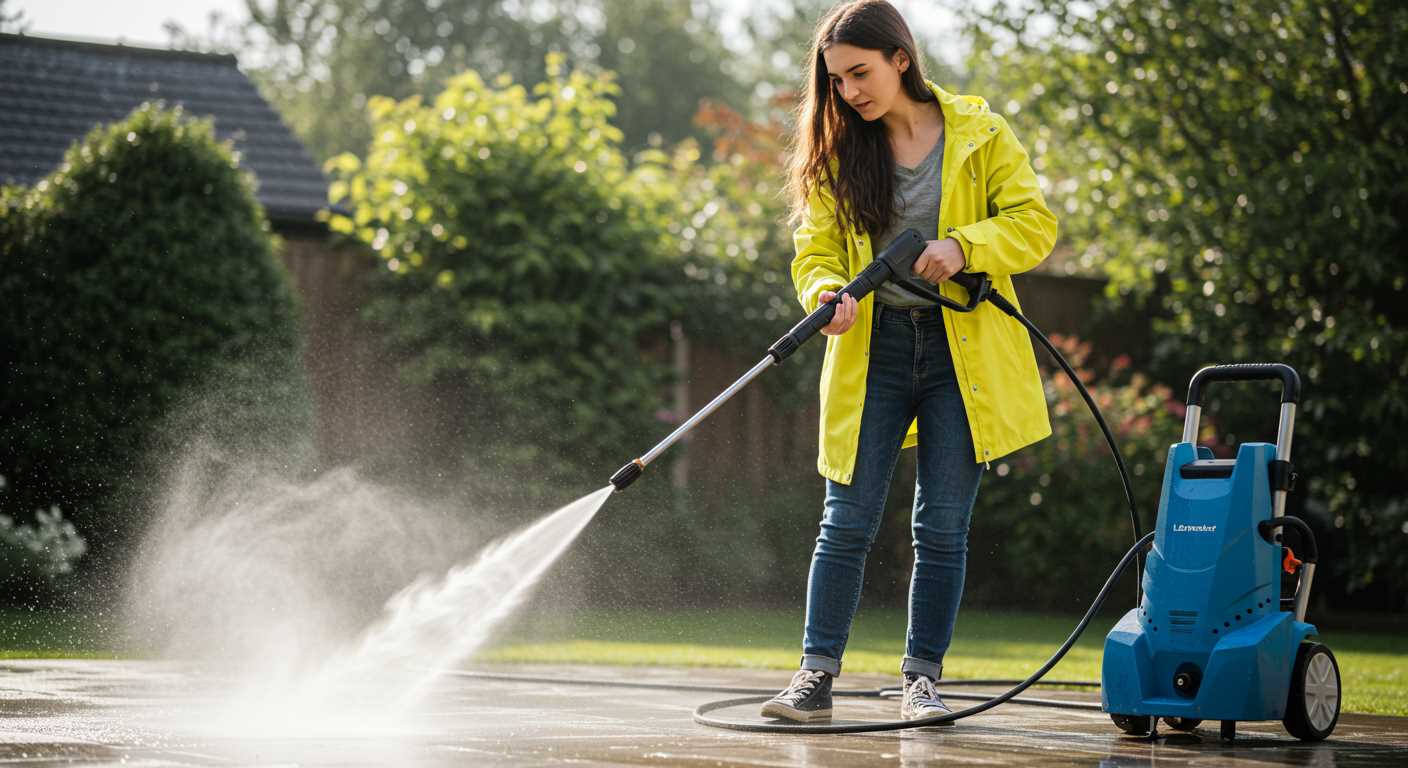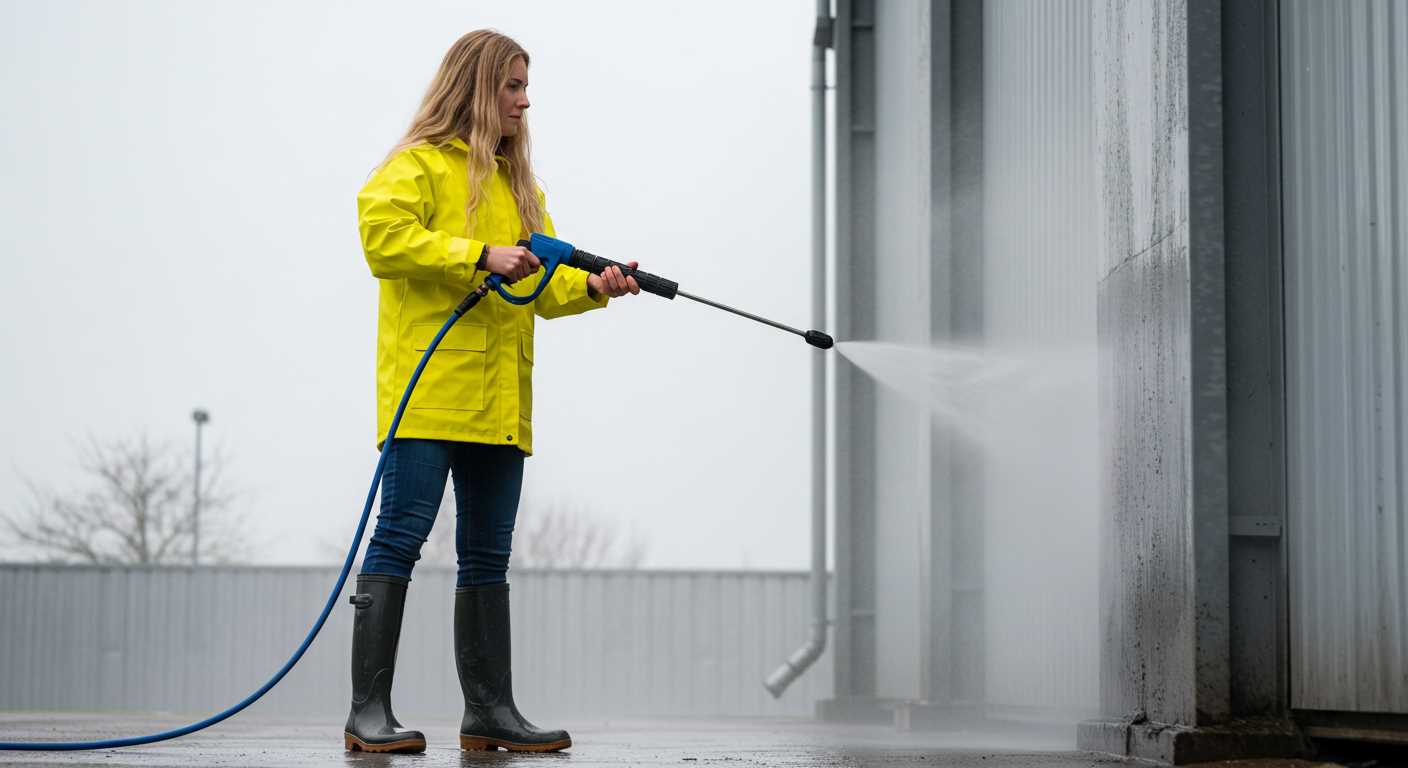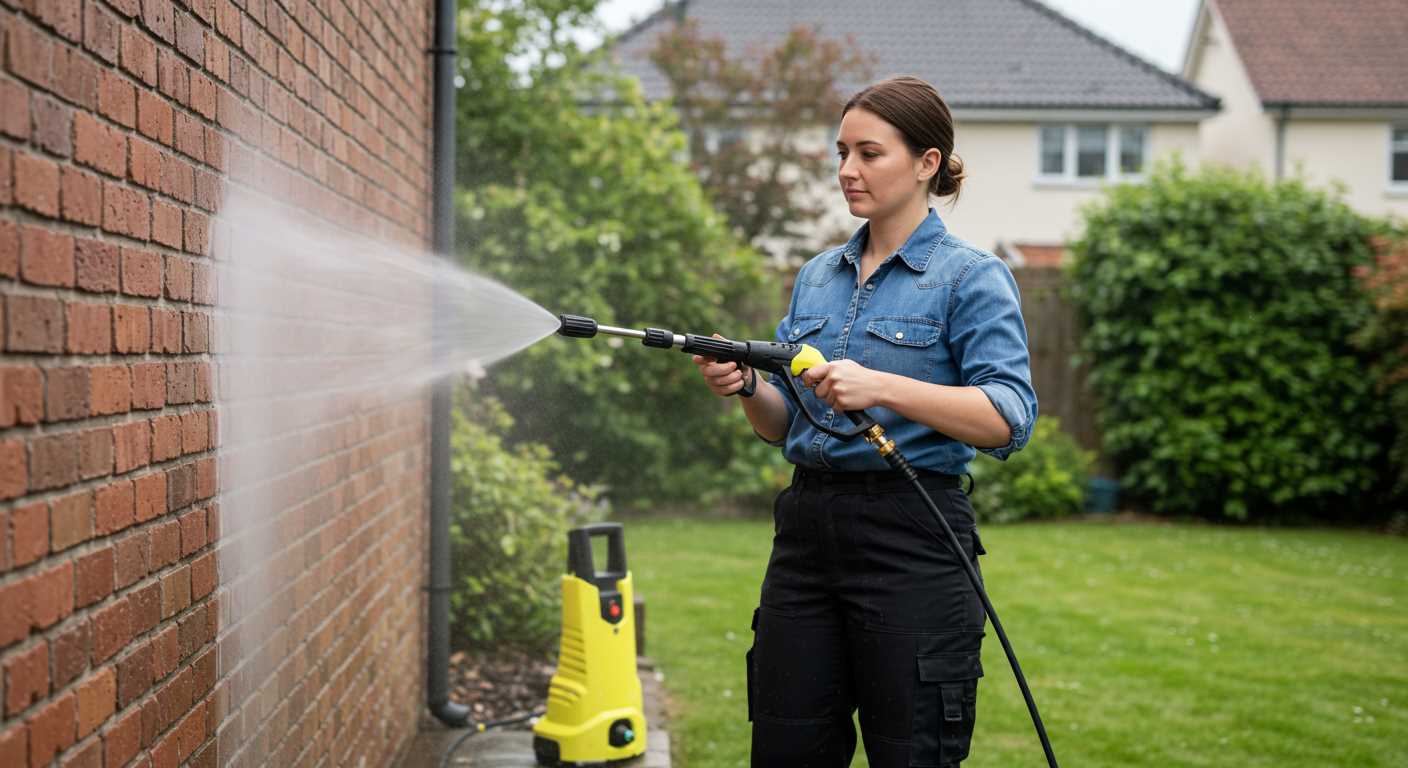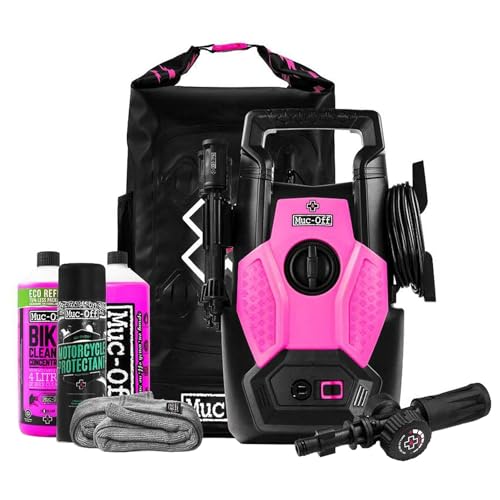

For optimal results with the foam dispenser, ensure proper dilution of your chosen detergent before loading it into the container. This step is critical; using the recommended dilution ratio increases the cleaning efficiency while preventing potential damage to surfaces.
Attach the container securely to the lance provided. Make sure it’s fastened tightly to prevent any leaks during operation. Before starting the device, test the foam density on a small, inconspicuous area to assess its suitability for the surface being cleaned.
While operating, maintain a consistent distance of approximately 1 to 2 feet from the target area. This distance helps in achieving an even application of the foam, allowing it to cling effectively to surfaces and work on tough grime. Don’t forget to rinse thoroughly after the foam has had sufficient time to penetrate dirt, usually around 5 to 10 minutes, for optimal results.
Regularly clean the container and nozzle after each use to avoid blockages and maintain performance. This practice extends the lifespan of your equipment and ensures every cleaning task is as efficient as the last.
Selecting the Right Foam Dispenser for Your McGregor Device
Prioritise compatibility with your model. Not every foam canister fits all units; ensure you choose one designed for your device’s specifications. Verify that the connector matches the outlet of your machine to guarantee a secure fit and optimal performance.
Look for adjustable nozzles. A versatile dispenser with adjustable spray patterns allows you to tailor the application of detergents, ensuring effective cleaning across different surfaces. This feature is especially useful for delicate finishes and textured materials.
Choose materials that resist corrosion. Given the high-pressure environment and chemical exposure, go for containers made from durable, resistant materials, such as high-quality plastics or reinforced composites. This prevents degradation over time and extends the lifespan of your equipment.
Consider the capacity. Select a size that suits your cleaning needs. For smaller jobs, a compact version may suffice, while larger tasks will benefit from a substantial reservoir, reducing the frequency of refills.
Assess ease of attachment and detachment. A user-friendly mechanism simplifies changing the canister between tasks, improving efficiency. Look for designs that require minimal effort for secure attachment and release.
Evaluate the brand reputation. Trustworthy manufacturers have a track record of delivering reliable products. Check reviews and testimonials to ensure you invest in a dispenser known for performance and durability.
Lastly, ensure the aesthetics align with your setup. While functionality is paramount, a visually pleasing design adds to the overall experience, particularly if you maintain a tidy workshop or garage.
Preparing the Foaming Solution: Mixing Tips and Ratios

A precise blend of cleaning agent and water is essential for optimal performance. I recommend a standard ratio of 1:10 for most applications–one part cleaner to ten parts water. This ratio delivers an effective lather without being overly concentrated, ensuring thorough coverage on surfaces.
Selecting Cleaning Agents
Opt for a high-quality, biodegradable cleaning product designed for external cleaning tasks. Avoid general-purpose detergents as they may not interact well with your setup. Always consult the manufacturer’s guidelines on the preferred cleaning solutions to ensure compatibility.
Mixing Techniques
For a uniform mixture, it’s best to add water first to the container, followed by the cleaning agent. This method helps to prevent clumping and enhances the mixing process. If using concentrated formulas, shake lightly after blending to ensure the solution is well combined. Using warm water can also assist in breaking down viscous cleaning agents effectively.
Attaching the Foam Bottle: Step-by-Step Instructions
Begin by ensuring the unit is powered off to prevent any accidental activation. Locate the quick-connect fitting at the front of your unit; this is where the attachment will be made.
Take the container and align it with the quick-connect fitting. Gently push it into place until you hear a click, indicating a secure connection. Confirm this by gently tugging on the container; it should remain firmly attached.
If your device features an adjustable nozzle, set it to the desired spray pattern. Ensure that all seals and connections are free of debris to maintain pressure integrity during operation.
After securing the container, check the mixture inside. Ensure it has been mixed according to your earlier preparation instructions, as the ratio can significantly impact cleaning performance.
Finally, turn on the machine. Test the connection by activating the spray function at a low setting, observing the flow to ensure everything is working correctly. If any issues arise, disconnect and inspect the components for proper sealing.
Adjusting the Pressure Settings for Optimal Foam Application
Begin by setting the pressure regulator to a lower setting, typically between 800 to 1200 PSI. This range is ideal for creating a rich lather without risking damage to delicate surfaces. Adjust gradually while monitoring the foam consistency.
If the mixture is too runny, increase the pressure slightly while mixing the cleaning solution properly. Conversely, if the foam lacks thickness, reduce the pressure until the desired density is achieved. A perfect balance will ensure effective cleaning without excess splatter.
Testing on a small, inconspicuous area helps gauge the right pressure for your specific tasks. This method allows for fine-tuning before tackling larger surfaces, ensuring optimal results and protection for painted or sensitive materials.
Regularly check the manufacturer’s guidelines for both the machine and cleaning agents used. Understanding compatibility will streamline adjustments and prevent undesirable outcomes during application.
Over time, I’ve noticed that keeping an eye on the nozzle choice also impacts foam coverage. Selecting a fan nozzle can enhance dispersion but at the cost of reduced foam concentration; a narrower nozzle often retains more foam but may require gentle application. Experiment with both to find what suits your needs best.
Applying Foam: Techniques for Even Coverage on Surfaces

For optimal distribution, maintain a consistent distance of approximately 18 to 24 inches from the surface. This helps in achieving a thick layer without excessive run-off.
Spraying Techniques
- Start from the Top: Begin application at the highest point to allow gravity to assist in spreading the cleaning solution downwards.
- Overlap Passes: When moving across the surface, ensure each pass overlaps the previous one by about 50%. This guarantees no areas are missed.
- Steady Motion: Use a slow and steady sweeping motion. Rapid or erratic movements can lead to uneven application.
Surface Preparation
- Remove Loose Debris: Before applying the cleaning solution, clear away loose dirt and debris. It enhances the solution’s effectiveness.
- Wet the Surface: Lightly mist the area with water before foaming. A damp surface can improve adhesion and coverage.
- Avoid Direct Sunlight: Choose a cooler time of day for cleaning, as applying in direct sunlight can cause the product to dry too quickly, leading to streaks or uneven results.
After application, allow the solution to dwell for a few minutes. This maximises the cleaning potential, helping to break down grime before rinsing. Always adjust your sprayer for a finer mist if needed, particularly on delicate surfaces.
Cleansing and Maintenance of the Foam Container After Use

After applying the cleaning solution, it’s crucial to cleanse the container thoroughly. Begin by rinsing it with clean water to eliminate any leftover detergent. This step prevents residue build-up that can affect future performance.
Cleaning Procedure
Remove the container from the sprayer unit and empty any remaining solution. If the formulation used was thick or sticky, fill the container with warm water and agitate it, allowing the liquid to break down stubborn residues.
Once agitated, pour out the water and rinse the container again. A soft brush can be used to scrub any hard-to-reach areas. Pay special attention to the nozzle and connector points, where clogged debris can occur.
Storage Recommendations
Ensure the cleaned container is completely dry before storing it. Store it in a cool, dry place away from direct sunlight. If using multiple solutions, clearly label each container to avoid confusion.
Regular maintenance of the container not only extends its lifespan but also enhances the efficiency of your cleaning tasks in the future. By following these simple steps, you can ensure optimal performance every time you engage in your cleaning activities.
FAQ:
How do I attach the foam bottle to my McGregor pressure washer?
To attach the foam bottle to your McGregor pressure washer, first ensure that the machine is turned off and unplugged. Locate the foam bottle holder, which is usually positioned at the front of the pressure washer. Align the bottle with the holder and push it firmly until you hear a click, indicating that it is securely locked in place. Once attached, connect the pressure washer nozzle to the bottle for optimal performance.
What type of foam solution should I use with the foam bottle?
When using the foam bottle on your McGregor pressure washer, it is best to choose a high-quality car wash detergent that is specifically formulated for foam generators. Look for products that create thick foam when mixed with water, as they will effectively lift dirt and grime from the surface you are cleaning. Ensure that the detergent is safe for your pressure washer and any surfaces you intend to clean to avoid damage.
Can I use the foam bottle on surfaces other than cars?
Yes, the foam bottle can be used on various surfaces beyond cars. It is effective for cleaning trucks, patio furniture, bicycles, and even outdoor surfaces like decks and sidewalks. However, always test a small, inconspicuous area first, especially on delicate surfaces, to ensure that the foam solution does not cause any damage. Adjust the foam nozzle for gentle application on sensitive areas or porous materials.
How do I clean and maintain the foam bottle after use?
After you finish using the foam bottle on your McGregor pressure washer, it is important to clean it properly to maintain its effectiveness. Begin by emptying any remaining foam solution from the bottle. Rinse it thoroughly with warm water to remove detergent residue. For a deeper clean, you can use a soft brush to scrub the inside. Allow the bottle to air dry completely before reattaching it to the pressure washer or storing it. Regular maintenance will ensure that the foam bottle continues to perform well over time.








